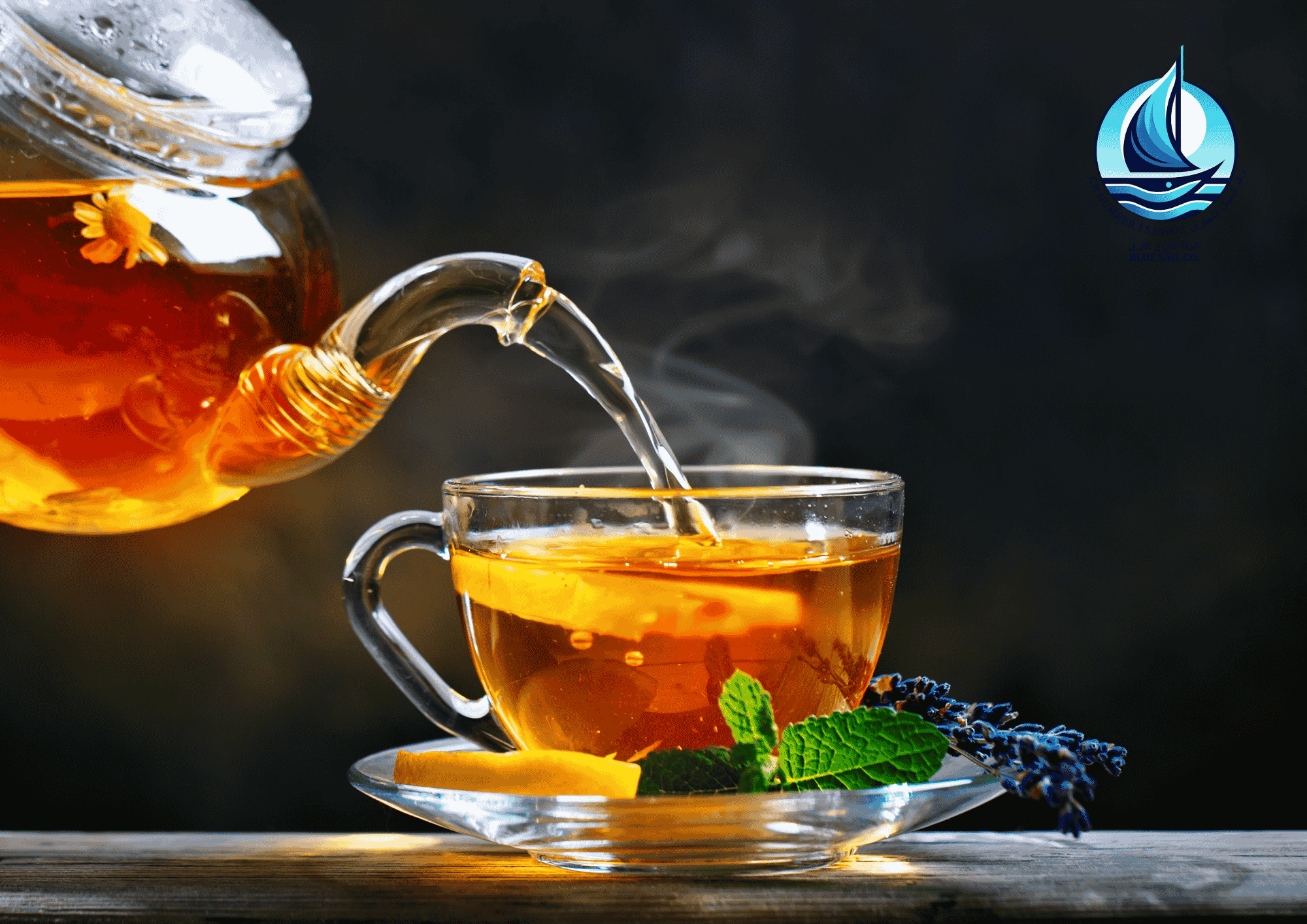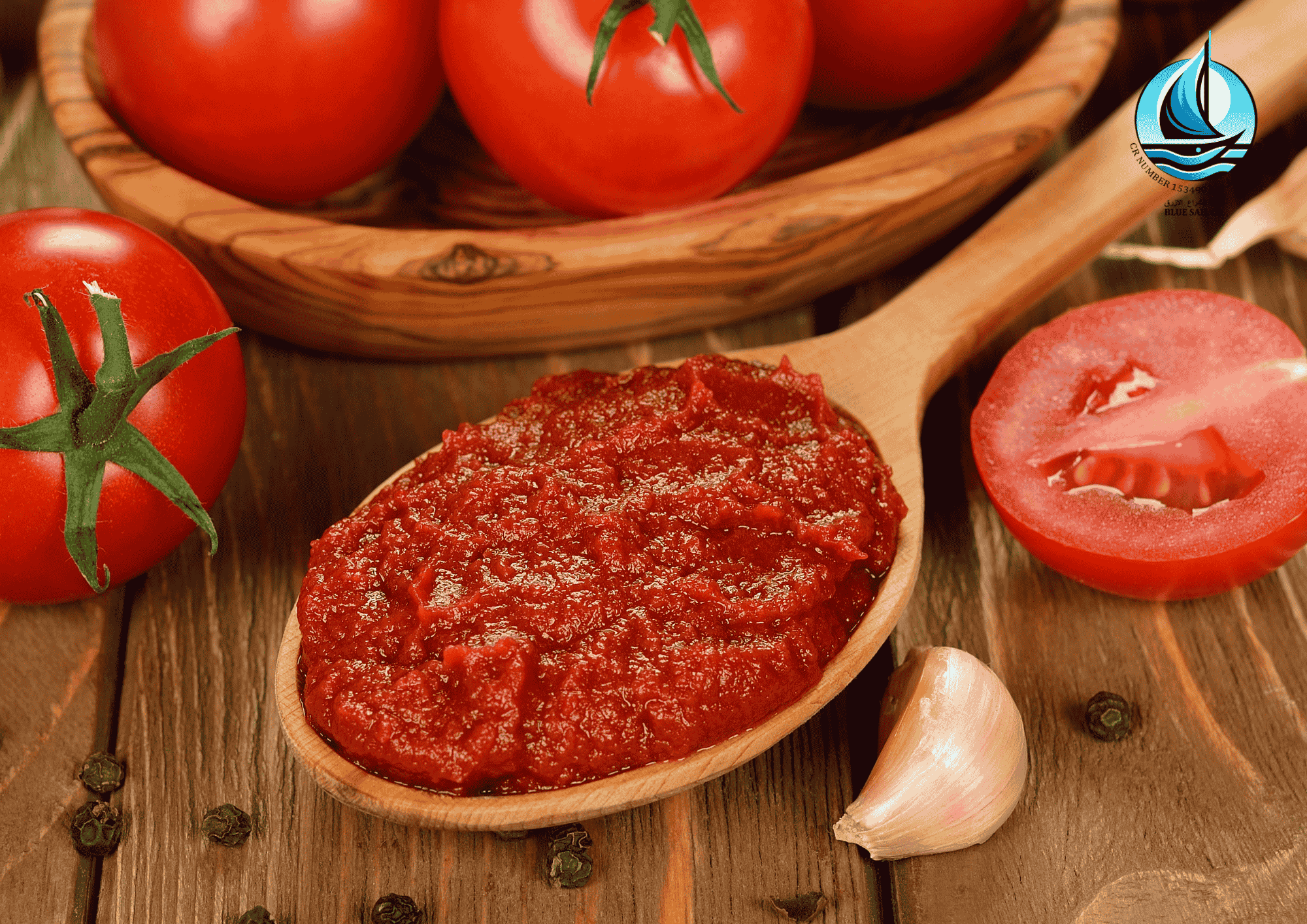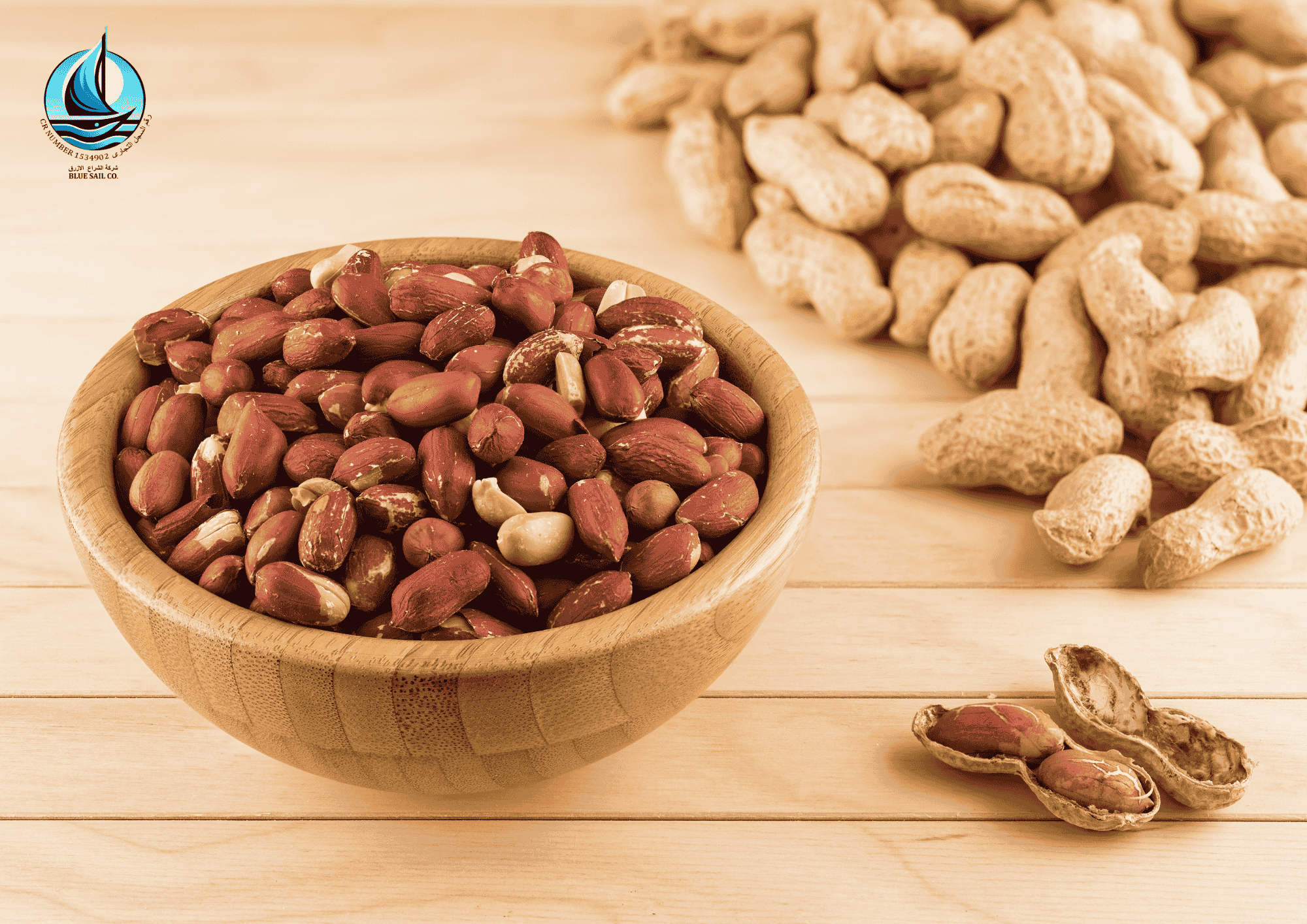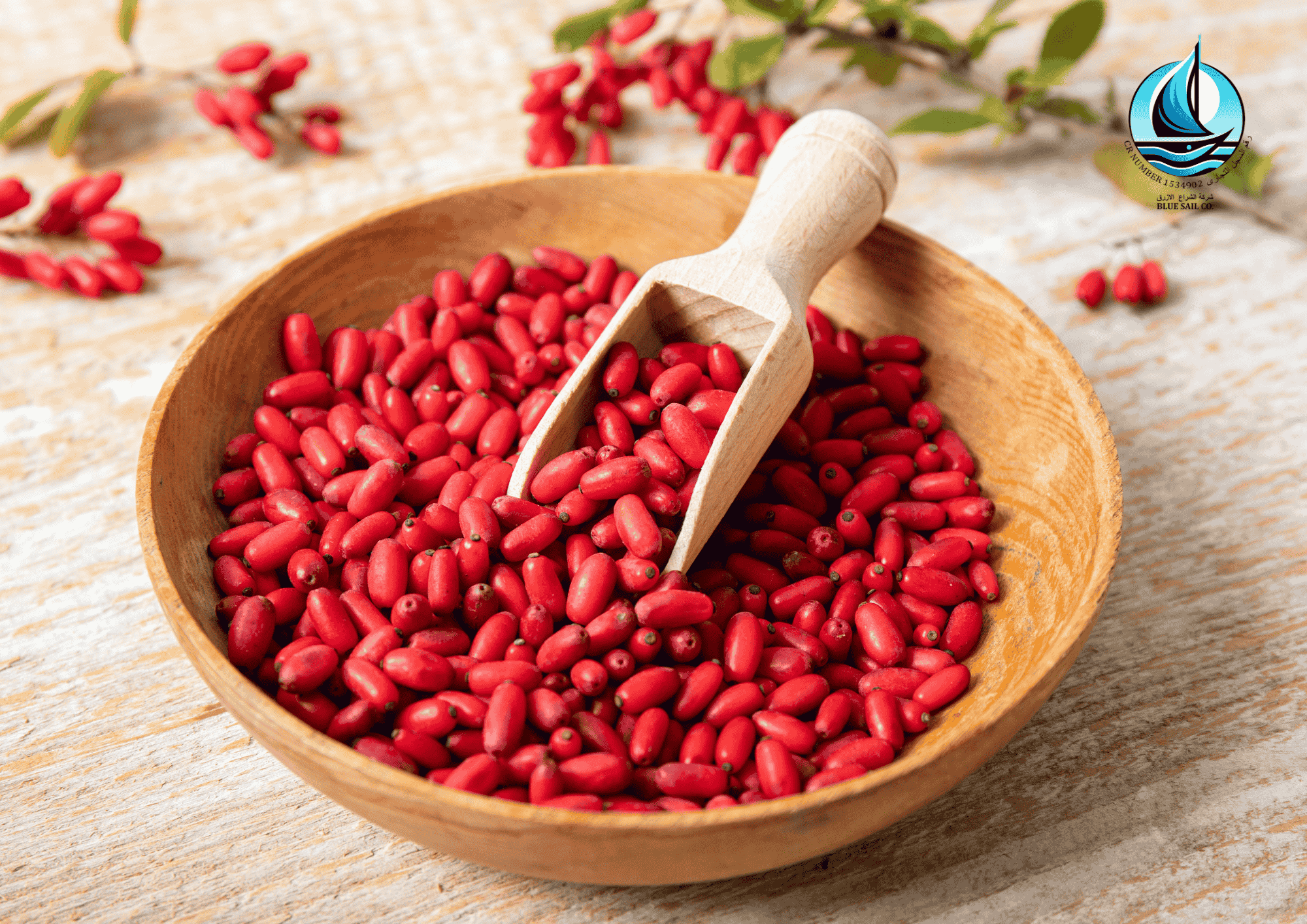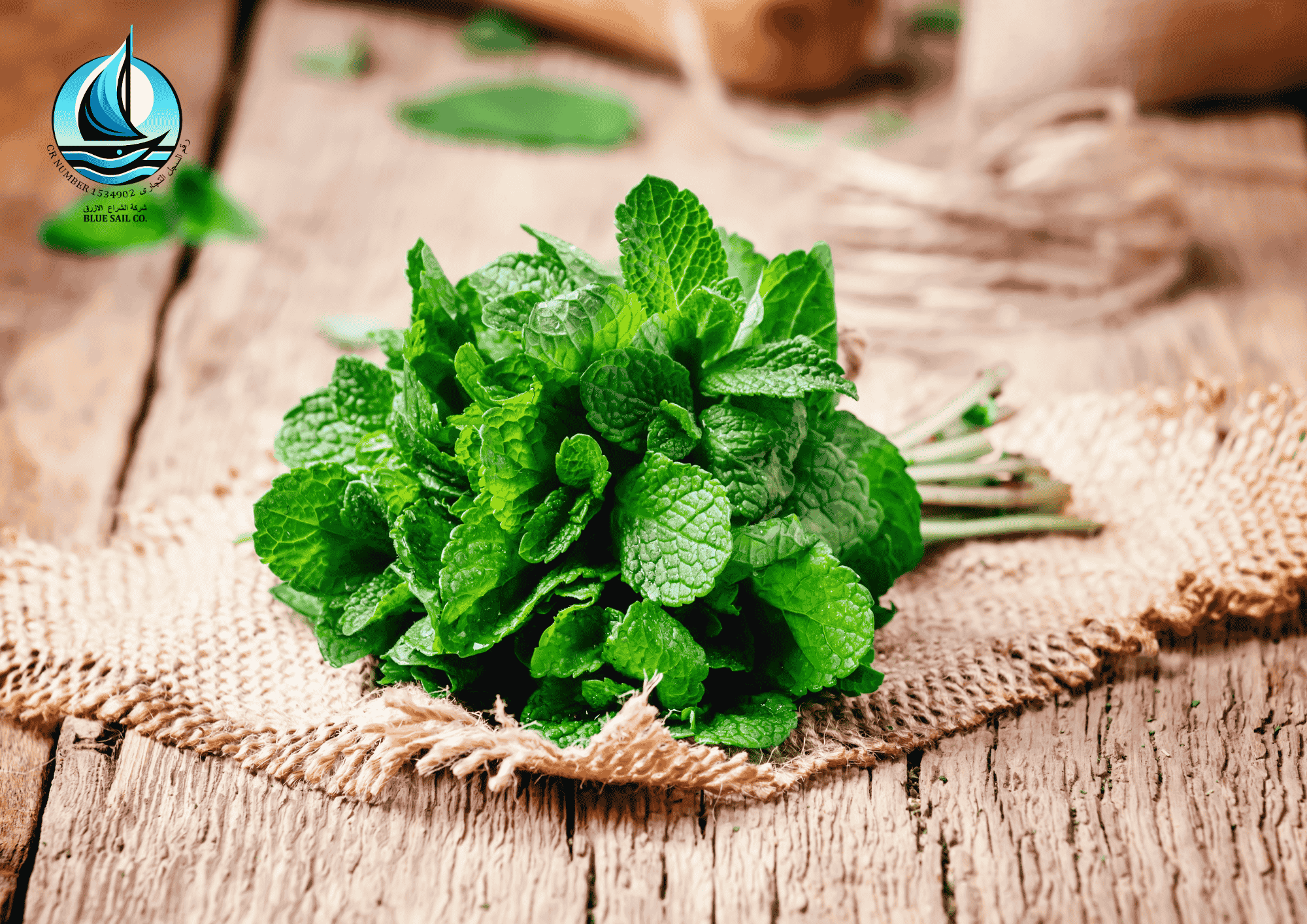Tea Consumption Around the World: A Global Tradition
Tea, the second most consumed beverage in the world after water, holds a unique position in cultures across the globe. From bustling metropolises to serene rural areas, the rituals and traditions of tea drinking reveal fascinating insights into regional histories, tastes, and lifestyles. Here’s a look at how tea is enjoyed in various parts of the world.
Most Consumed Teas by Country
| Country | Most Consumed Tea |
|---|---|
| China | Green Tea |
| India | Masala Chai (Spiced Tea) |
| United Kingdom | Black Tea (English Breakfast, Earl Grey) |
| Japan | Matcha (Powdered Green Tea) |
| Morocco | Mint Tea |
| Turkey | Black Tea (çay) |
| Russia | Black Tea (zavarka) |
| Kenya | Black Tea |
| South Africa | Rooibos Tea |
| Argentina | Yerba Mate |
Asia: The Cradle of Tea
Asia, the birthplace of tea, boasts an incredibly diverse tea culture. In China, where tea has been cultivated for thousands of years, varieties like green, black, white, and oolong tea are staples. Traditional tea ceremonies, particularly those involving green tea, emphasize mindfulness and appreciation of the beverage’s intricate flavors.
Japan is renowned for its matcha, a finely powdered green tea, and the ceremonial practice surrounding it, known as chanoyu. The Japanese tea ceremony is a carefully choreographed ritual that reflects harmony, respect, purity, and tranquility.
In India, tea—or chai—is a national obsession. Masala chai, a blend of black tea, milk, sugar, and spices like cardamom and ginger, is sold in every corner of the country, from railway platforms to high-end cafes.
Europe: Sophistication and Social Connection
Europe’s love affair with tea began in the 17th century when it was first introduced by Dutch traders. In the United Kingdom, tea has evolved into a cornerstone of daily life. The British tradition of afternoon tea, complete with finger sandwiches, scones, and pastries, is an iconic cultural experience.
Elsewhere in Europe, tea drinking varies widely. In Russia, zavarka is a concentrated tea prepared in a small teapot and diluted with hot water from a samovar. Russian tea culture often includes jams or sweets, adding a unique twist to the experience.
Middle East and North Africa: A Symbol of Hospitality
In the Middle East and North Africa, tea is more than a beverage; it is a gesture of hospitality. Moroccan mint tea, made with green tea, fresh mint leaves, and sugar, is served to guests as a sign of welcome. The preparation and pouring of the tea are as significant as the drink itself.
In countries like Turkey, tea (çay) is a daily ritual. Served in small, tulip-shaped glasses, Turkish tea is brewed strong and sweetened to taste. It is an integral part of social interactions, from business meetings to family gatherings.
Africa: A Blend of Traditions
Across the African continent, tea takes on unique local flavors. Kenya, one of the world’s largest tea producers, consumes a significant portion of its black tea domestically. Rooibos tea, a caffeine-free herbal tea native to South Africa, is prized for its health benefits and earthy flavor.
In Egypt, black tea is often steeped with mint or consumed with sugar. Tea houses, known as ahwas, are popular social hubs where people gather to discuss politics, play board games, or simply relax.
The Americas: A Growing Love for Tea
In the Americas, tea consumption has historically been overshadowed by coffee, but it is steadily gaining popularity. In the United States, iced tea and sweet tea are staples in southern states, while herbal and specialty teas are thriving in health-conscious markets.
In South America, yerba mate is a cultural phenomenon. This highly caffeinated infusion, made from the leaves of the yerba mate plant, is traditionally consumed from a hollowed-out gourd with a metal straw called a bombilla. Argentina, Uruguay, and Paraguay have particularly strong mate-drinking cultures.
Conclusion: A Universal Ritual
While the ways in which tea is prepared and enjoyed vary widely across the world, its role as a unifying beverage remains constant. Tea brings people together, fosters connection, and serves as a window into diverse cultural traditions. Whether it’s a calming cup of green tea in Japan, a robust masala chai in India, or a refreshing glass of sweet tea in the southern United States, tea continues to inspire and connect communities around the globe.

